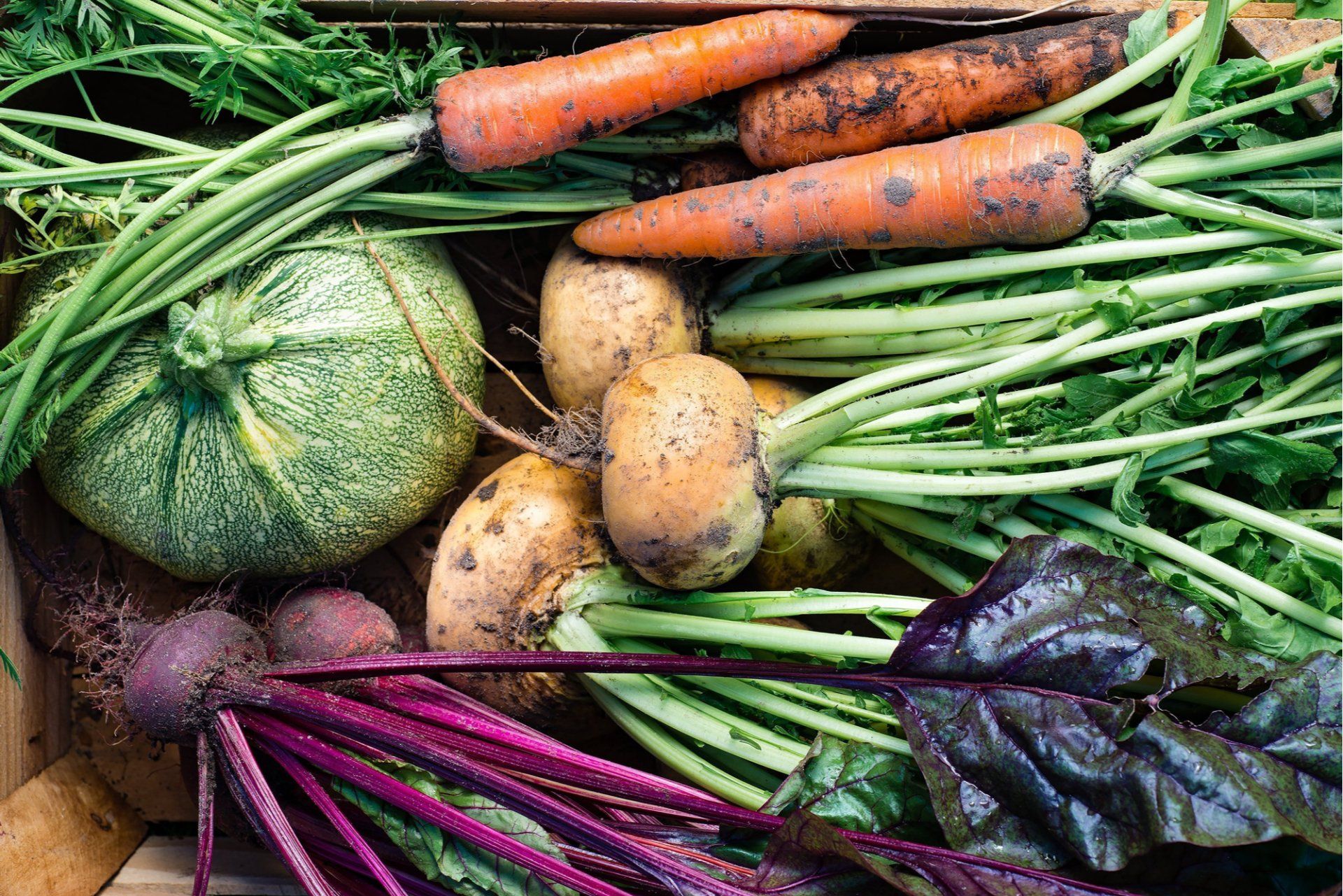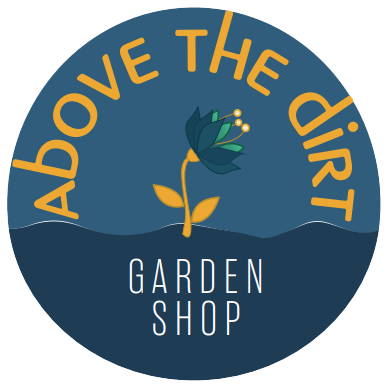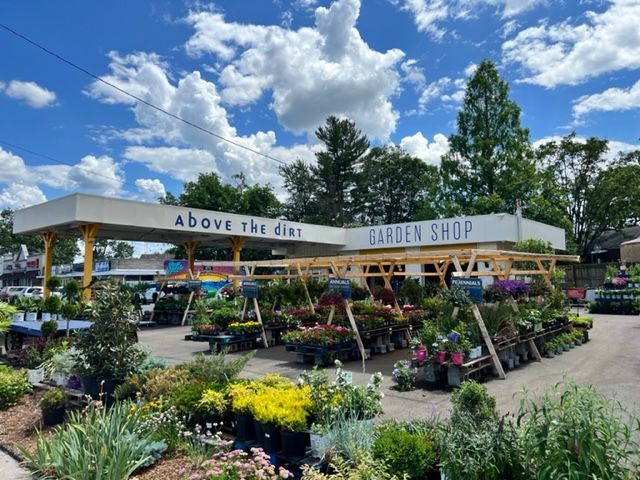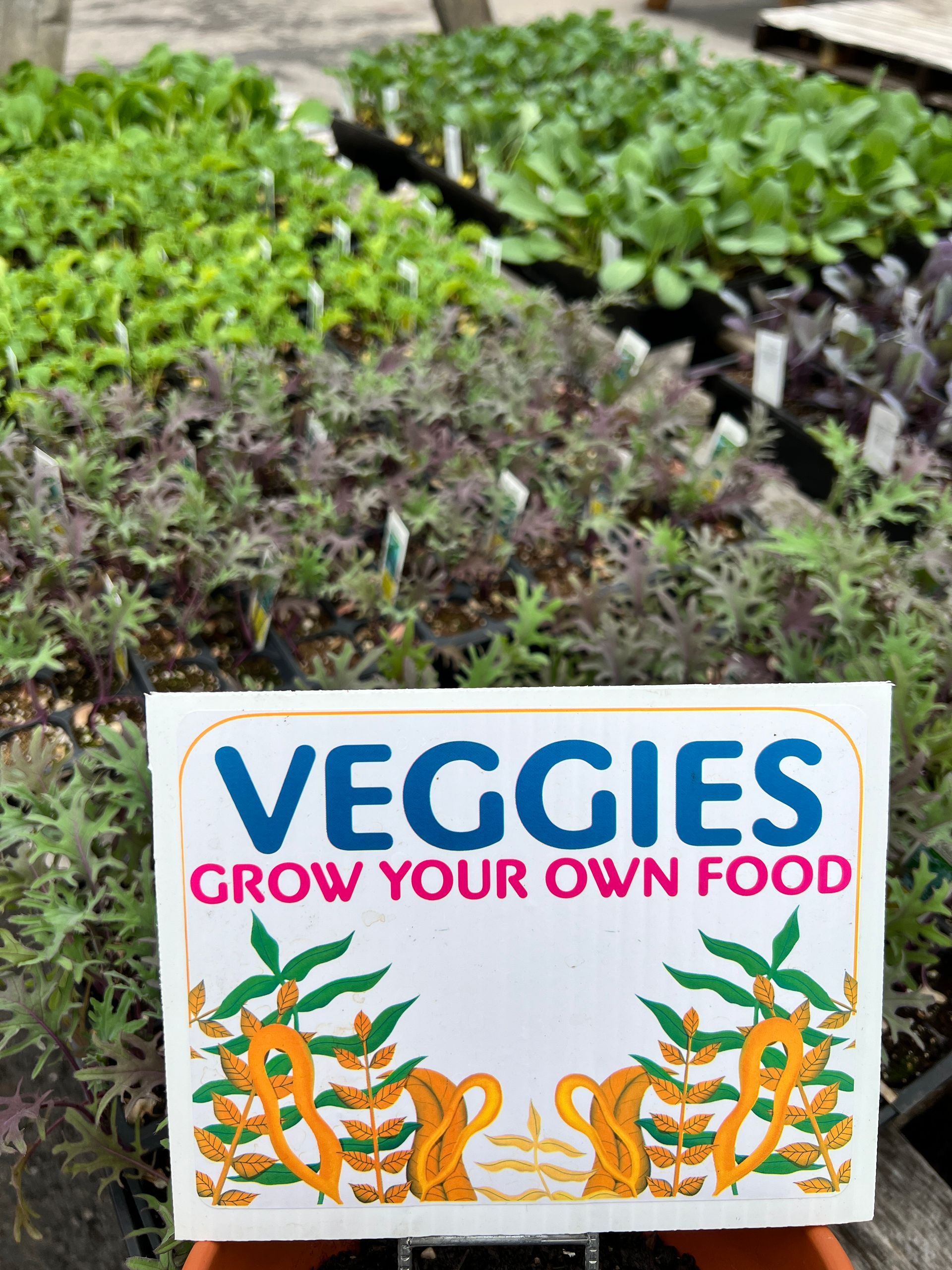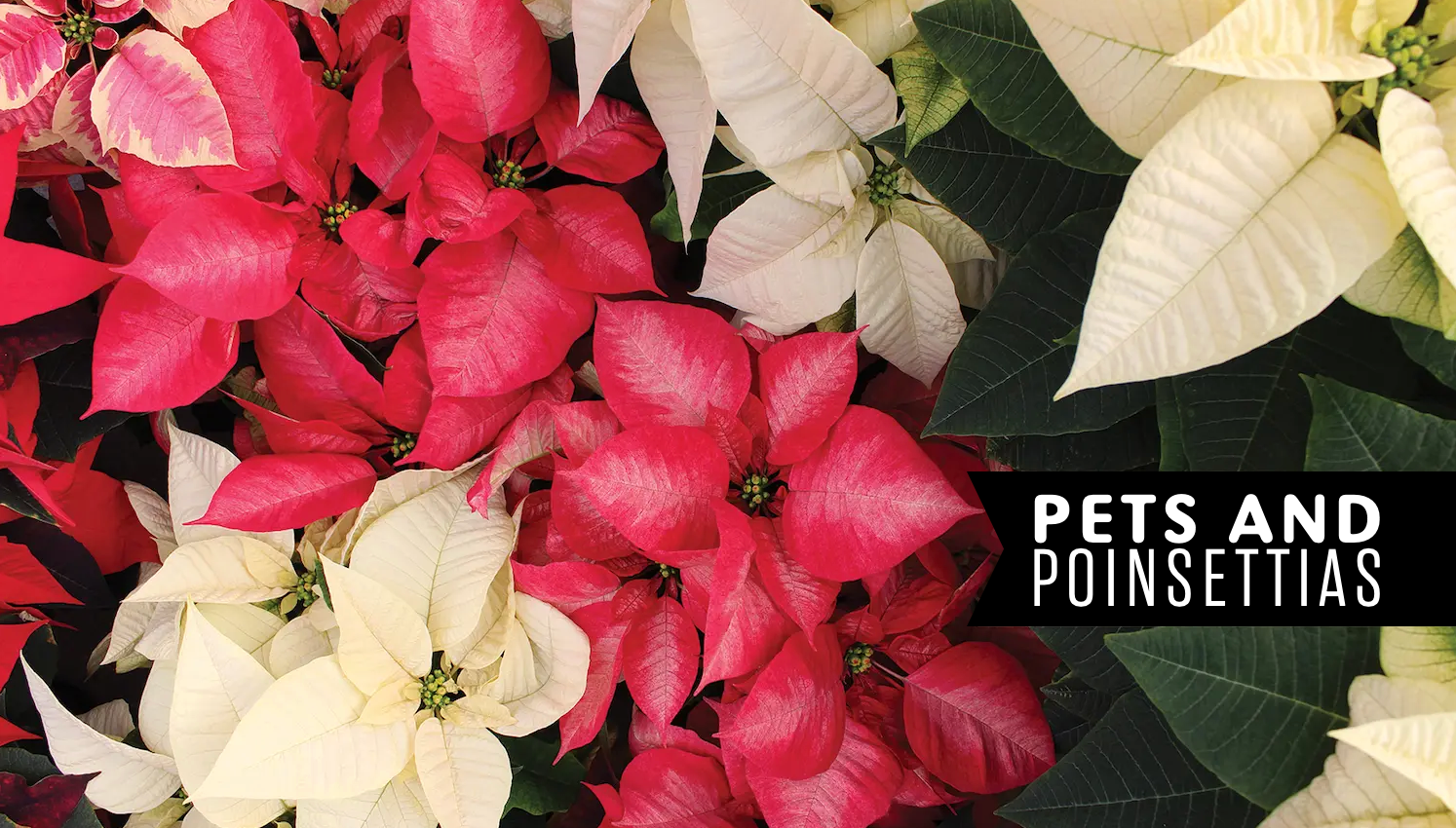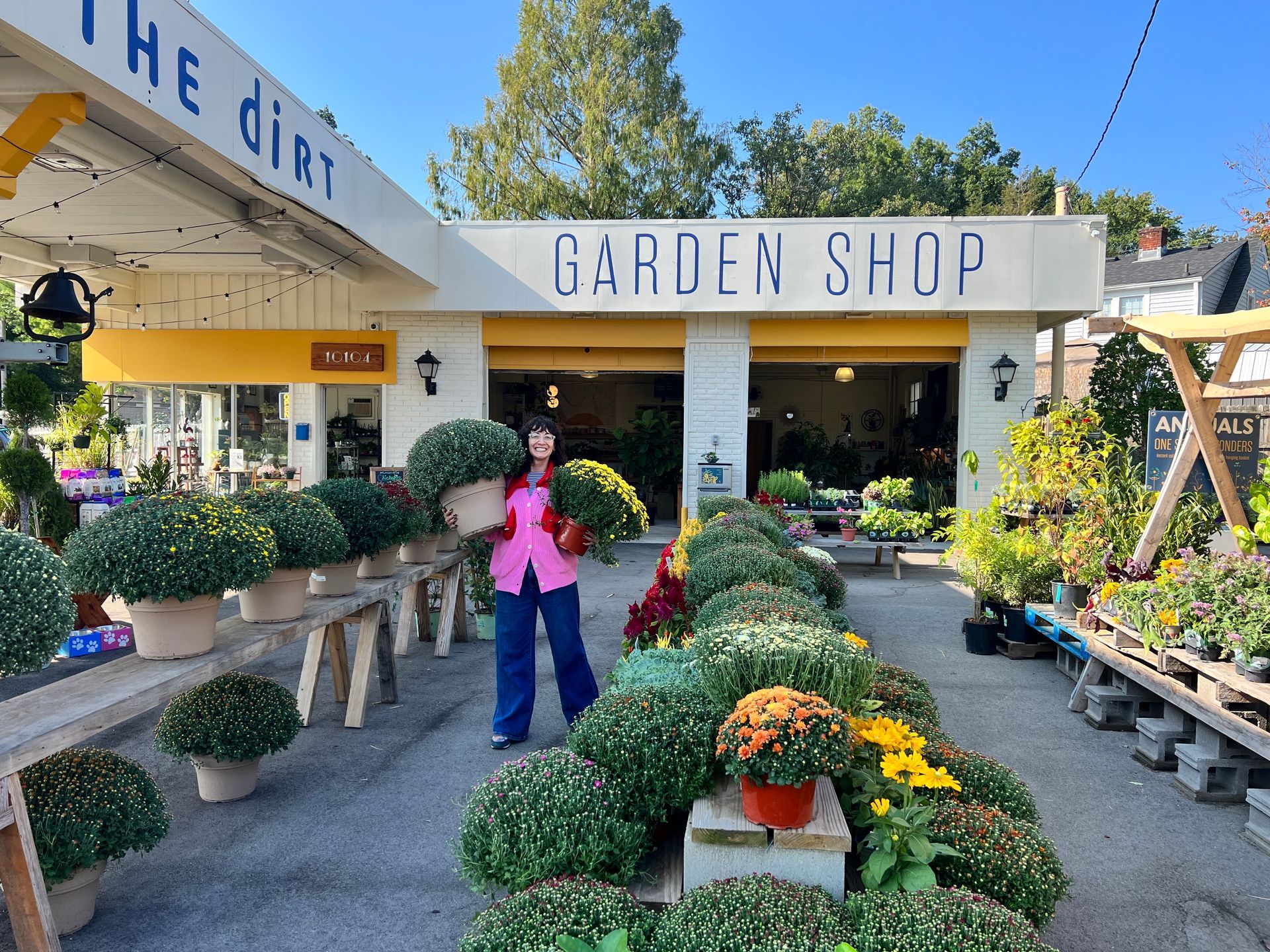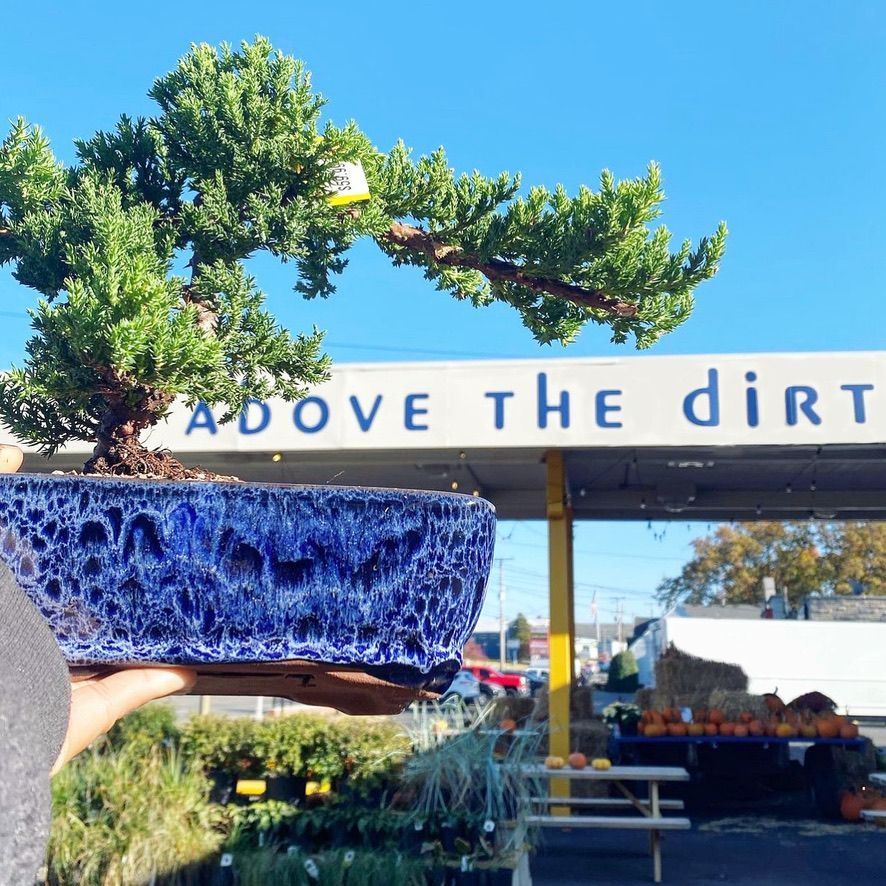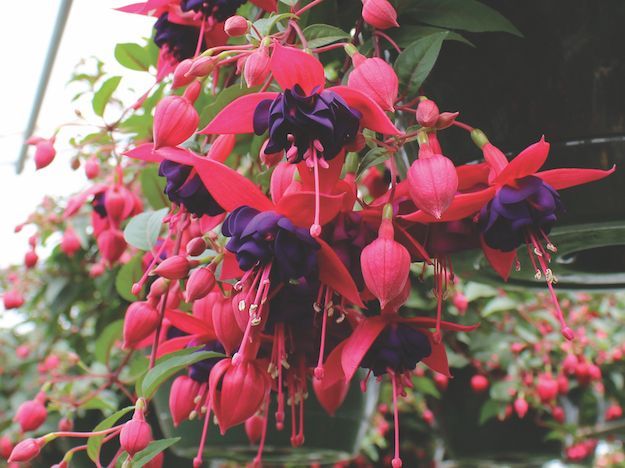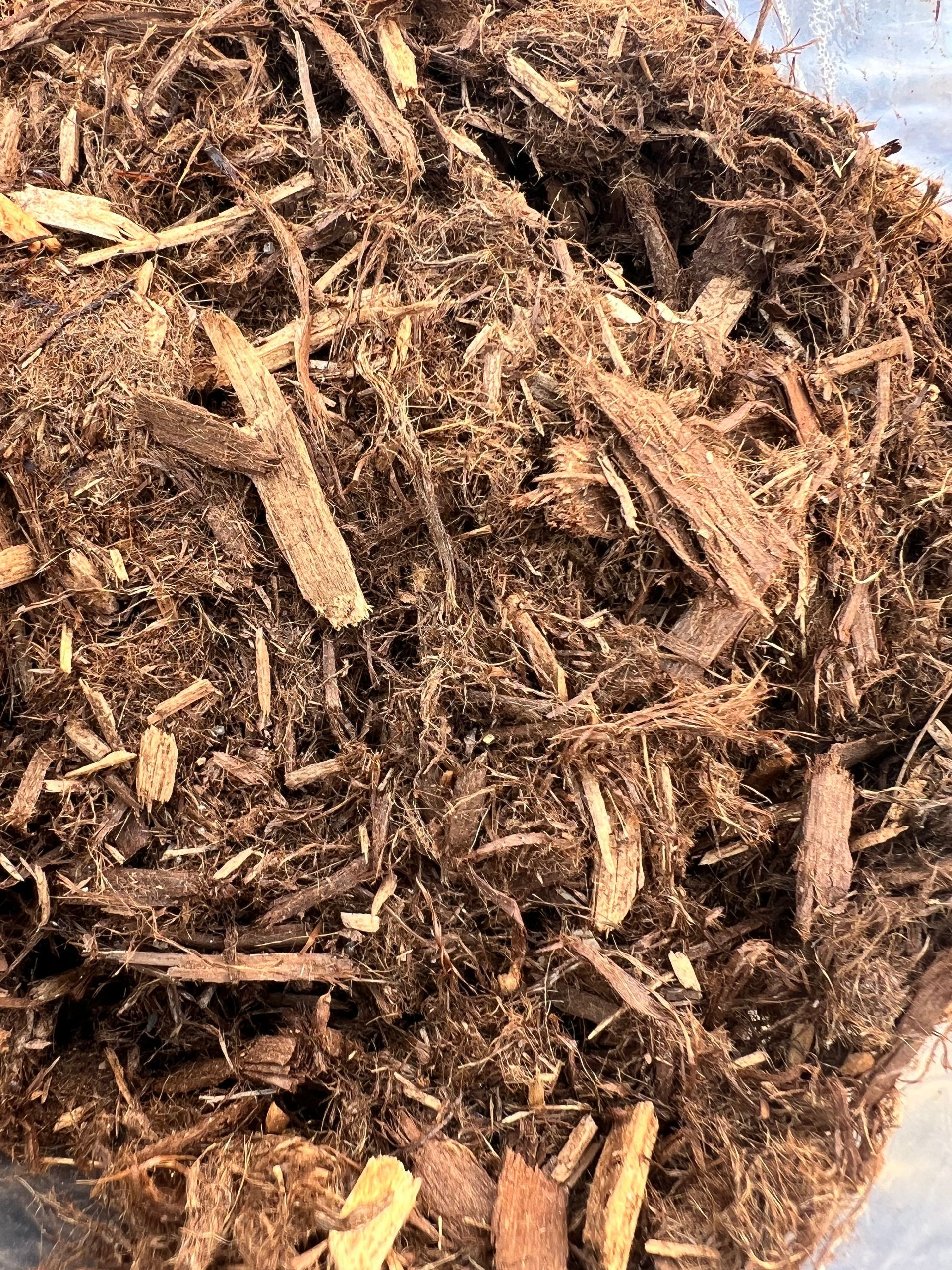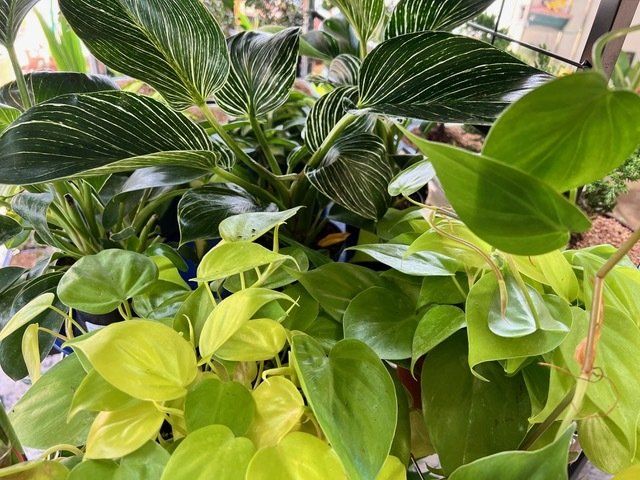FALL IN LOVE WITH NATIVE PLANTS
PLANT NATIVE AND ATTRACT THE POLLINATORS
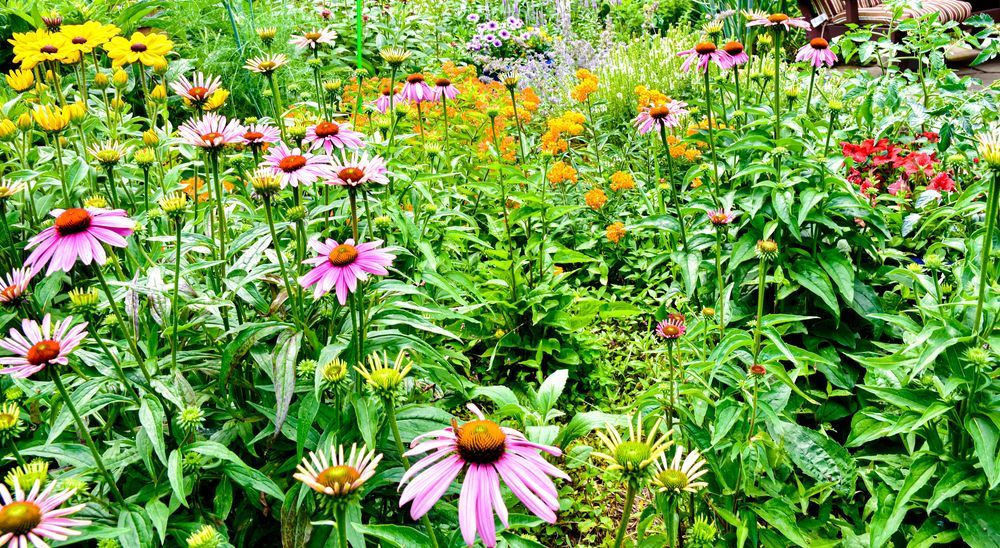
FALL IN LOVE WITH NATIVE PLANTS
Ah, fall in the enchanting state of Kentucky – did you know that fall is also the perfect time to dive into the world of native plants? Yes, you heard that right! While you're sipping on your pumpkin spice latte, why not consider adding some native flora to your landscape and inviting pollinators to a buzzing feast?
Unveiling the Native Wonders of Kentucky
Picture this: a garden that looks like it's been plucked straight from the heart of Kentucky's wilderness. Native plants are the unsung heroes that have adapted perfectly to the state's unique climate, soil, and topography. They aren't just plants; they're the botanical embodiment of Kentucky's spirit!
From the stunning Cardinal Flower (Lobelia cardinalis) that flaunts its bright red petals like a red carpet for pollinators, to the elegant Black-Eyed Susan (Rudbeckia hirta) that radiates warmth like the southern sun, Kentucky's native plants offer a kaleidoscope of colors and shapes that can transform your garden into a paradise.
The Fall Planting Secret
Okay, so why is fall the bee's knees (pun intended) when it comes to planting native plants? Well, it's simple science, my friend. The cooler temperatures and increased rainfall in the fall create the perfect cozy environment for new plants to establish their roots without the scorching heat of summer. Think of it as a plant spa retreat – no more stressing about wilting under the blazing sun!
As the days get shorter and the nights get cooler, native plants can focus their energy on growing strong roots that will set them up for a glorious spring debut. So, while you're raking up those colorful leaves (or leaf-ing them in place as a haven for native bees), why not dig a little deeper and prepare a cozy bed for your new native plant buddies?
Pollinator Party – Everyone's Invited! (Sept 9, 2023 - our 1st birthday celebration)
Now, let's talk about the stars of the show – our buzzing buddies, the pollinators. Bees, butterflies, hummingbirds – they're the A-list guests you want at your garden party. And guess what? Native plants are their favorite buffet!
Native plants and pollinators have a timeless love story that's been unfolding for centuries. It's like they're two peas in a pod, or rather, two blossoms in a meadow. Native plants provide pollinators with nectar and pollen that are like nature's energy bars, keeping them fueled for their essential work of pollinating flowers and, in turn, helping plants reproduce. It's a win-win situation!
Imagine the scene: a Monarch butterfly sipping nectar from a cheerful Purple Coneflower (Echinacea purpurea), while a bumblebee does the tango with a cluster of vibrant Goldenrod (Solidago spp.), and the hummingbirds feast on Royal Catchfly (Silene regia). It's a dance of life, a symphony of colors, and you, my friend, are the choreographer.
Creating Your Own Native Plant Haven
Alright, let's get our hands dirty – in the best way possible! Here's your step-by-step guide to transforming your garden into a native plant paradise:
- Research & Plan: Just like a great recipe, start with a little research. Find out which native plants thrive in your region of Kentucky. Consider factors like sunlight, soil type, and moisture levels. This is your plant palette.
- Prepare the Soil: Get that soil ready! Native plants are easy-going, but they do appreciate a good foundation. Mix in some compost for added nutrients and improved drainage.
- Pick & Plant: Visit Above the Dirt Garden Shop - specializing in native plants and pick your favorites. From the delicate Whorled Milkweed (Asclepias verticillata) to the cheerful Butterfly Weed (Asclepias tuberosa), the choices are as diverse as Kentucky's landscapes.
- Water & Mulch: Give your new plants a nice drink after planting. Cover the soil with a layer of mulch to help retain moisture and keep weeds at bay. Our favorite at the shops is pine needles - but there are lots of options. SEE MULCH GUIDE HERE
- Sit Back & Enjoy: As the fall leaves start to drop, watch your native garden take root. Keep an eye out for the pollinator party that's about to unfold come spring! And leave those leaves where they fall (in as many places as you can).
Fall-ing Head Over Heels
So there you have it – the scoop on why fall is the prime time to embrace Kentucky's native plants and help our buzzing friends thrive. It's like hosting a blockbuster party in your backyard – and all the cool pollinators are on the guest list!
As you sip on your apple cider and breathe in the crisp autumn air, envision your garden as a canvas painted with the hues of native flora. From the charming Eastern Redbud (Cercis canadensis - which we are happy to special order for you) to the cheerful Black-Eyed Susan, each plant tells a story of resilience, adaptation, and the rich natural heritage of the Bluegrass State.
So, gather your gardening gloves, put on your creative cap, and let's give fall a warm welcome – not just for the changing leaves, but for the promise of a vibrant, pollinator-filled spring that's just around the corner. Cheers to fall-ing in love with native plants and all the magic they bring!
